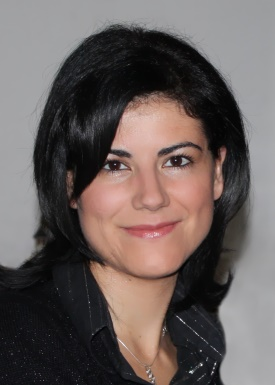Submission Deadline: 31 July 2025 (closed) View: 1345 Submit to Journal
Prof. Dr. Rossana Dimitri
Email: rossana.dimitri@unisalento.it
Affiliation: Department of Innovation Engineering, University of Salento, Lecce, Italy
Research Interests: Structural Mechanics; Fracture Mechanics; Mechanics of Materials and Solids; Computational Mechanics; Interfacial Problems

Prof. Dr. Francesco Tornabene
Email: francesco.tornabene@unisalento.it
Affiliation: Department of Innovation Engineering, University of Salento, 73100 Lecce, Italy
Research Interests: Theory of shells, plates, arches, and beams; Generalized differential quadrature; FEM; SFEM; WFEM; IGA; Advanced composite materials; Functionally graded materials; Nanomaterials and nanotechnology

Dr. Matteo Viscoti
Email: matteo.viscoti@unisalento.it
Affiliation: Department of Innovation Engineering, University of Salento, 73100 Lecce, Italy
Research Interests: Advanced composite materials; Doubly-curved shells; Functionally graded materials; Generalized differential quadrature; Higher-order theories; Lattice honeycomb and anisogrid; Multifield analysis; Semi-analytical solutions

The development of advanced theoretical and computational models for smart and composite materials and structures is a subject of active research and will be explored for complex systems and structural components, involving many problems from statics, dynamics, and fracture phenomena at different scales and interfaces. In the last decades, practical strategies for advanced generally-shaped structures have been affected by many evaluation techniques, computational capabilities, and communication technologies, with increased use of intelligent optimization algorithms and tools for a high performance-oriented structural design.
Among the most common materials, this special issue explores the use of fiber-reinforced composites and laminates, but also functionally graded materials (FGMs), carbon nanotubes (CNTs), graphene nanoplatelets, SMART constituents, and further innovative and advanced classes of composites. To this end, classical or advanced theories, multiscale approaches, multiobjective optimization algorithms, and advanced computational tools, can be presented and discussed. Contributions on theoretical and numerical aspects are welcome from scientists working on computational materials and mechanics, involving different engineering applications.


 Submit a Paper
Submit a Paper Propose a Special lssue
Propose a Special lssue